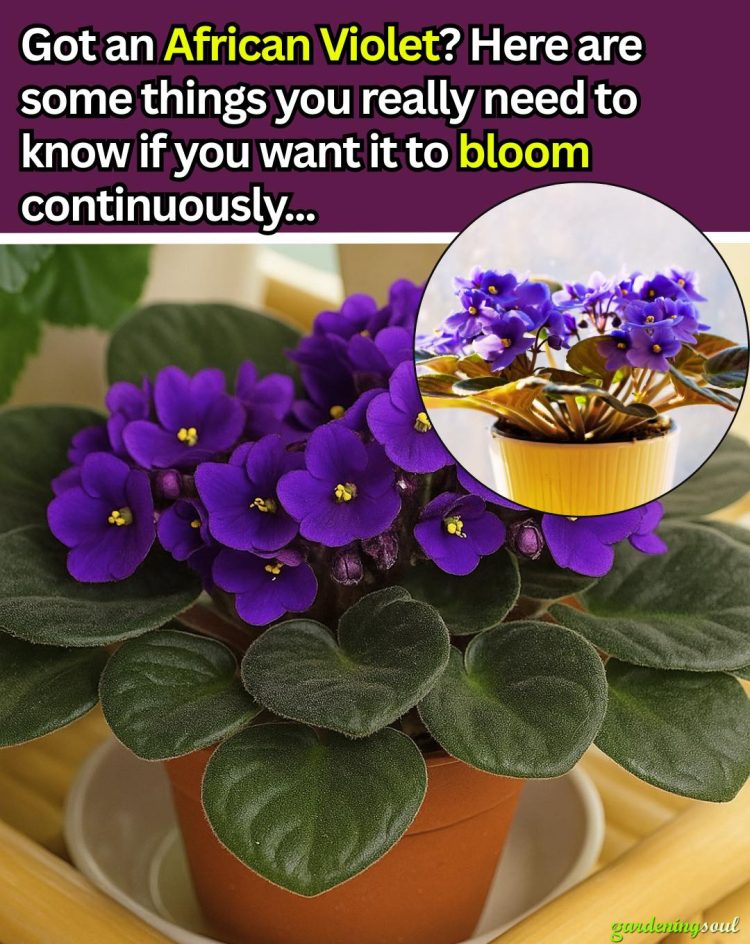African violets (Saintpaulia) are among the most beloved houseplants worldwide. Their velvety leaves and vibrant, delicate blooms make them a favorite for windowsills and indoor gardens.
Yet, while they’re relatively easy to grow, many plant lovers struggle to get their African violets to bloom reliably and abundantly.
If your African violet sports healthy foliage but refuses to flower – or produces only a few blossoms – it’s often a sign that one or more care factors need adjustment. Fortunately, African violets are quick to respond once given the right conditions.
In this comprehensive guide, you’ll discover how to make African violets bloom beautifully, covering everything from light and watering to feeding, repotting, and special blooming tricks.
Understanding African Violet Flowering Habits
Before diving into specific care tips, it’s essential to understand how African violets naturally grow and bloom.
Native Habitat: African violets originate from the cloud forests of East Africa, where they thrive under dappled light, high humidity, and mild temperatures.
Blooming Frequency: Under ideal indoor conditions, they can bloom several times a year – or even continuously.
Bloom Duration: Individual flowers can last 2–3 weeks, and new buds often replace faded blooms when plants are well cared for.
When they’re not blooming, it’s usually due to:
Insufficient light
Improper watering
Nutrient deficiencies
Wrong soil or potting practices
Temperature or humidity issues
Let’s explore each factor in detail.
1. Provide Bright, Indirect Light
Light is the single most important factor in getting African violets to bloom. Without enough light, they may produce abundant leaves but no flowers.
How Much Light Do African Violets Need?
They require bright but indirect light for about 10–14 hours daily.
Direct sunlight can scorch leaves, while low light prevents flowering.
Leaves should appear medium green – very dark leaves may indicate insufficient light, while pale or yellowing leaves can signal excessive light.
Best Locations
North- or east-facing windows are ideal.
In low-light homes, use grow lights:
Keep lights about 12 inches above the plant.
Use fluorescent or LED tubes designed for plant growth.
Provide 12–14 hours of light daily, with a dark period for rest.
Signs Your Violet Needs More Light
Leggy or elongated leaf stems.
No blooms for several months.
Smaller, sparse leaves in the center.
Tip: Rotate your violet a quarter turn weekly to ensure even light exposure and symmetrical growth.
2. Water Correctly – and Avoid the Biggest Mistakes
see continuation on next page
